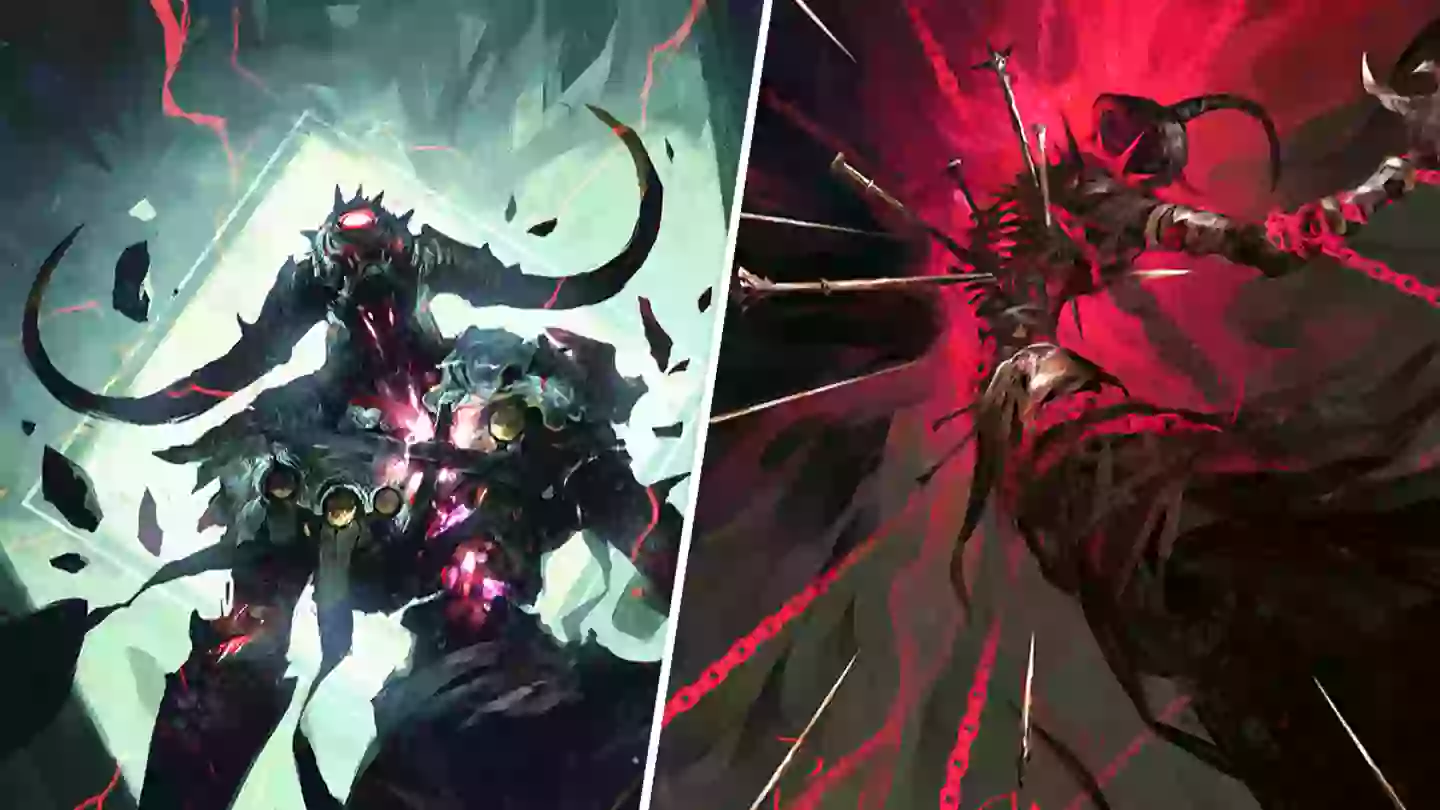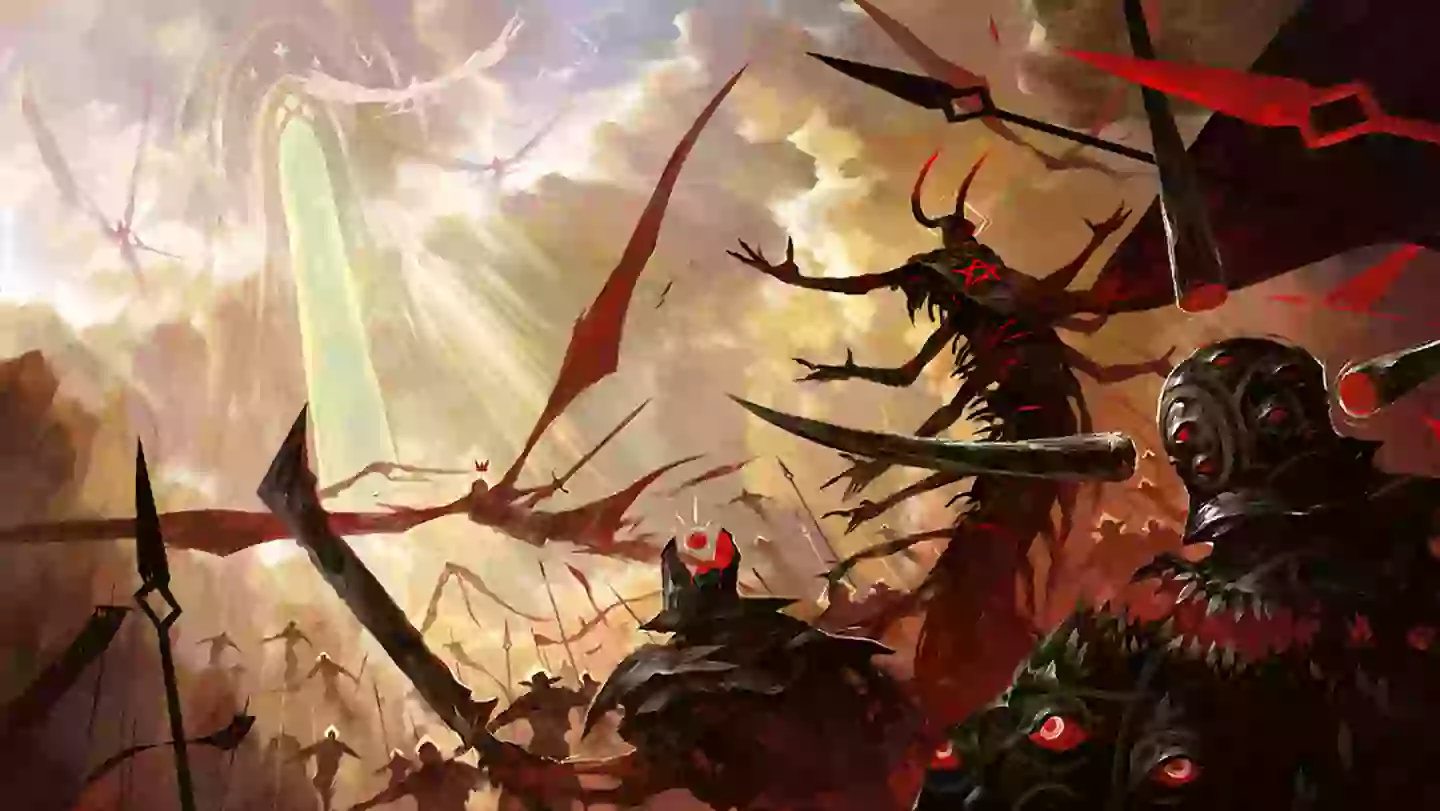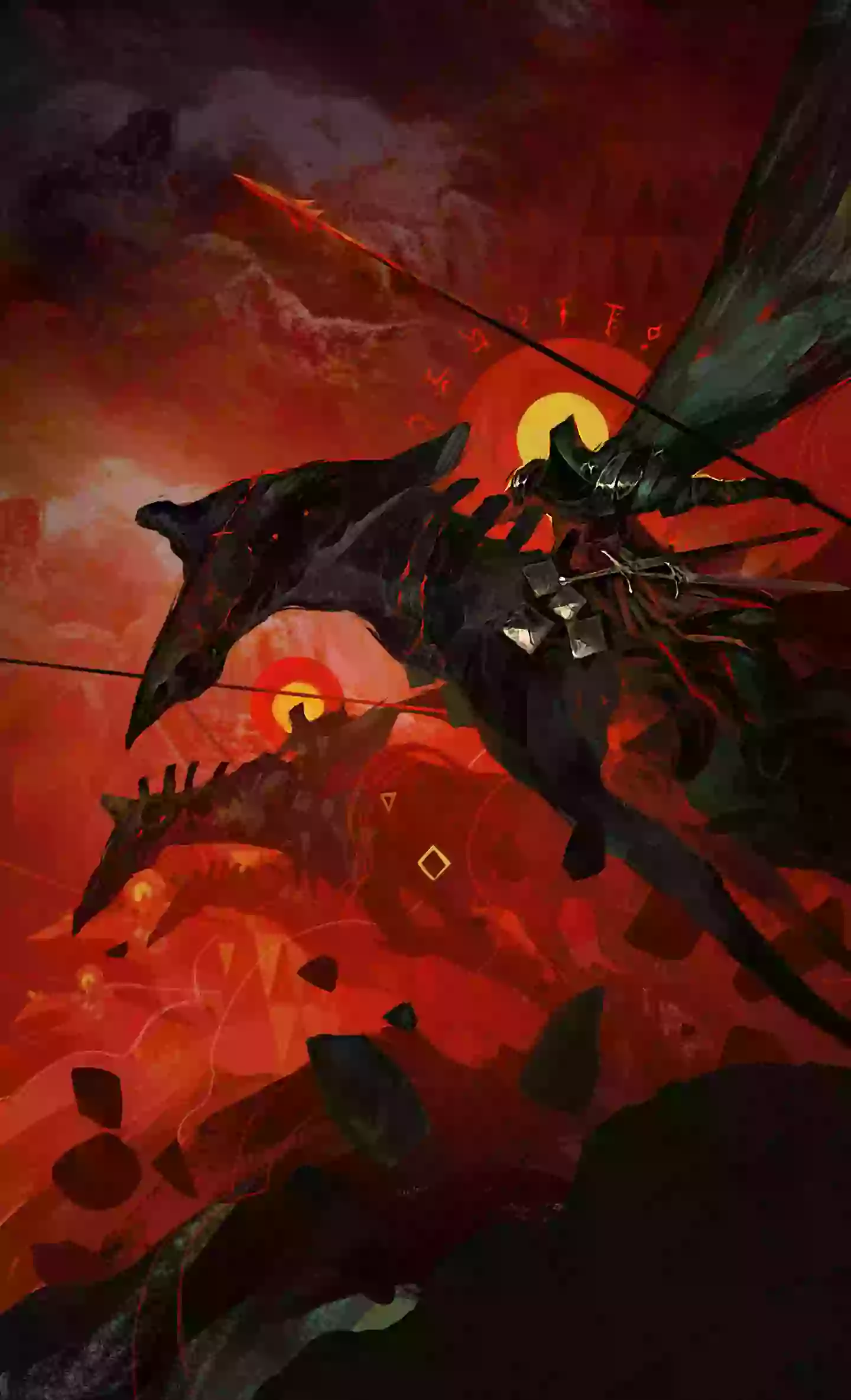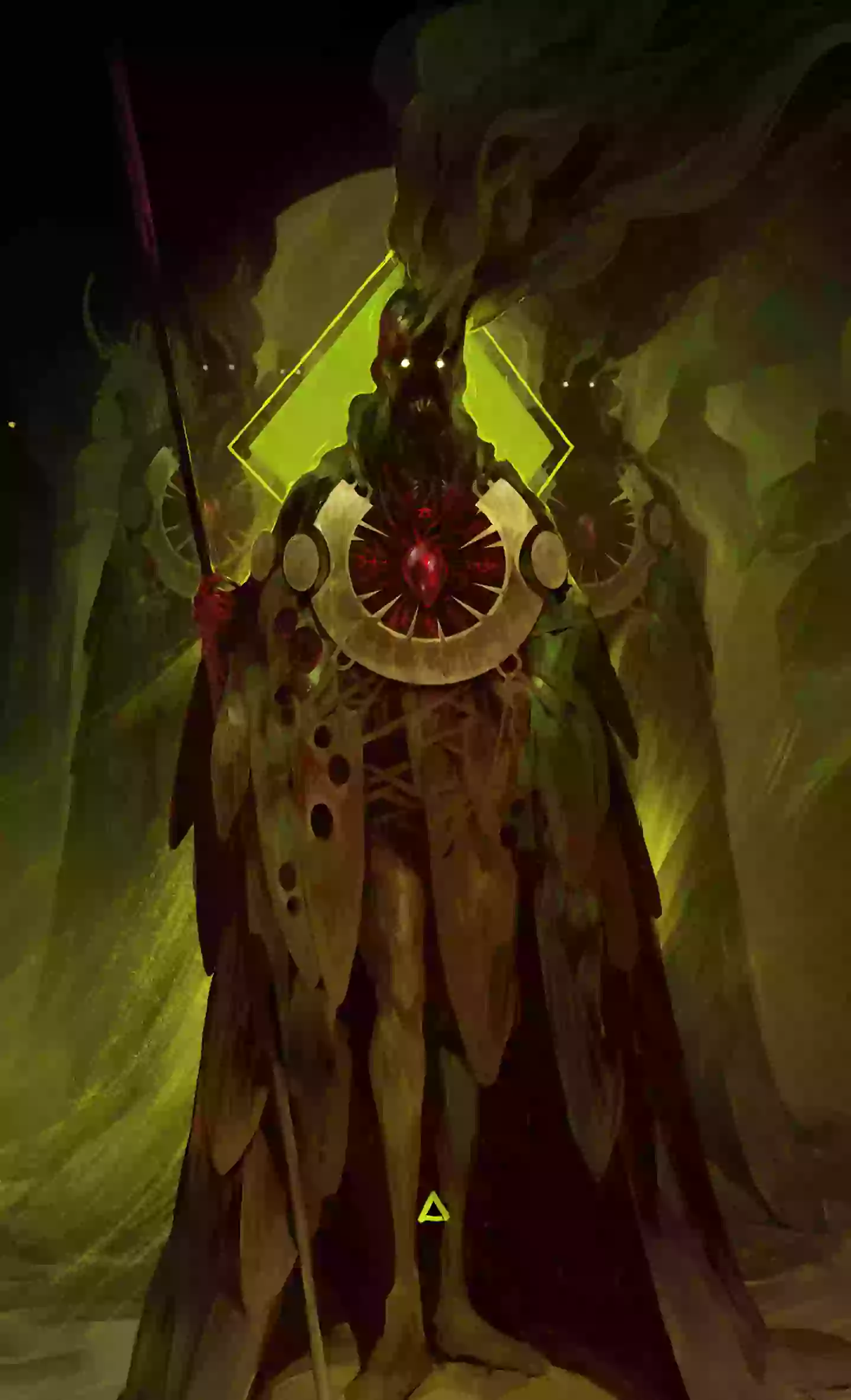
After being announced in September, grand strategy game Solium Infernum has gathered positive attention for multiple reasons, from its premise of competing for the vacant Throne of the Damned, to the simple fact that it’s being developed by the incredible League of Geeks.
The re-imagined title’s artwork was chosen by Game Maker’s Sketchbook judges as part of the 2022 collection, and will be displayed both on the website and in the in-person gallery at the show. The selected artwork is titled Legion Illustrations, by artist Dominik Mayer.
See the artwork in digital form here
In honour of the occasion, GAMINGbible had a little chat with Ty Carey, League of Geeks’ co-founder and game director.
Advert
GAMINGbible: How did you go about adapting Hell - a place that’s been portrayed in all manner of works - to the world of Solium Infernum?
Ty Carey: From the outset we wanted to capture something of the wonderfully odd vision set out by the original game. Instead of a modern fire and brimstone hell, a vision that’s often overused, we chose something harking back to more classical works. The original Solium Infernum’s map was bleach-bare, bright and surreal - light when it should have been dark, if you sampled the stereotype of hell most people imagine.
When we looked at more classic depictions of hell, it vibed well with that - it was less a place of torture, burning and pitchforks, and more of a distant place where the unwanted or discarded would be thrown, the furthest metaphysical point away from heaven.

Advert
GB: We’ve seen the influence Alexandre Cabanel’s Fallen Angel has had on one character we see in the trailer. What other artists/influences have inspired you?
TC: Not coincidentally, two classic artists who had illustrated Paradise Lost (the epic poem by John Milton) really spoke to me, on which the premise of the game was based; Gustave Doré and John Martin. Dore presented very forlorn and rocky, barren landscapes with pools of light, a subterranean and distant place where mournful figures brooded. I interpreted the white landscape of the original map as fields of ash, I imagined how it must feel to dwell outcast amid choking ash and bare rock. So we combined these ideas and created big moody pools of light over this ashen landscape, interrupted by black rock and the occasional crevasse down in which we can see an inferno far beneath it all. It had a big classic painting feel.
John Martin’s other paintings of lightning filled storms and crumbling ancient apocalyptic disasters were also a real inspiration. We had the chance to see the painting The Destruction of Pompeii and Herculaneum when it toured through ACMI Melbourne, and it was really exciting to see. I imagined the skies of hell filled with storming tempests, forming almost cave-like structures above within it’s vortexes.
Barlowe’s Inferno was another inspiration, being one of the seminal visions of hell, really pushing us in terms of strangeness, but we have tried to create something new, even if it was inspired from old sources. I have to shout out Bruce Pennington’s Eschatus here too, please look it up it’s unbelievably cool.
Advert

GB: For a game set in hell, there’s a beauty, and even fragility, to some of the character designs we’ve seen. Was that intentional? If so, what was the thinking behind that?
TC: I think you’re sensing the ‘heart’ of Solium Infernum here. At League of Geeks we always talk about the concept of a game’s ‘heart’; the kernel of creative direction that gives the work an emotional resonance. How does the game move you? In the case of Solium, I wanted the heart to reside in the nature of the ‘fallen’. What does it feel like to have once been in the light of pure grace, only in a moment’s decision to have been cast out of heaven and thrown into the darkest of all pits, to dwell eternally?
I think everyone has experienced and understands what a fall from grace - or from the light of love - feels like. So while the Archfiends are bitter and resentful, entitled and angry, have become twisted and ‘evil’, there is something that we recognise or have sympathy for. They’re rebels against the ultimate authority. Lucifer/Satan in Paradise Lost is very sympathetic, and has been called the first anti-hero. So ultimately, sometimes glimpsing that beauty and fragility behind the hard exterior of an Archfiend, exposes that underlying heart.
Advert

GB: What does ‘Hell’ mean to you?
TC: Jean Paul Sartre said ‘Hell is other people’, and he was probably right! But less cynically I can’t do any better than C.S. Lewis: ‘Hell is a state of mind - ye never said a truer word. And every state of mind, left to itself, every shutting up of the creature within the dungeon of its own mind - is, in the end, Hell.’
Topics: League of Geeks, Solium Infernum